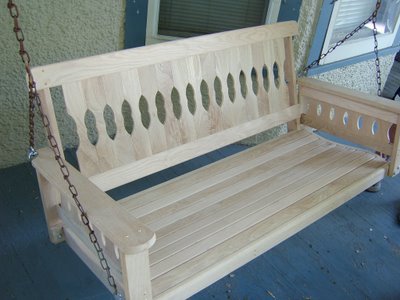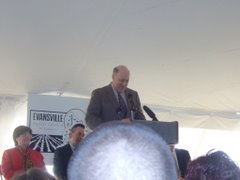Thursday, September 12, 2013
Mailbag: Vinehout: Forum explores challenges facing public schools
Forum Explores Challenges Facing Public Schools
Public education started down the statewide voucher path with the start of the school year across Wisconsin. While things might not look different on the outside, big changes are happening in the state’s public education system.
One of the biggest changes is the expenditure this state budget makes in taxpayer-funded vouchers for private schools. At the same time, over half of public schools will see no increase in state aid. Many of our rural schools will see the maximum cut – a bit above 15%. But private school parents around the state are looking forward to two infusions of public money into private schools.
For the first time in state history, private schools statewide are eligible for public dollars through vouchers. The program starts small: 500 students statewide in the first year and 1,000 students in the second year. But people on both sides of this debate predict the cap will be temporary. In addition, private school tuition will be a tax deduction for parents, costing Wisconsin taxpayers an estimated $30 million over the state’s two year budget.
I recently spoke at a community forum aimed at stimulating conversation about the future of public schools. Participants learned Wisconsin’s public schools are doing a good job in the face of many challenges. Nearly 9 out of 10 public schools meet or exceed state expectations while only 4% are failing. But statewide, student poverty has substantially increased.
I shared with participants the story of my school district of Alma. Twelve years ago less than 2 out of 10 students were poor (as defined by eligibility for free and reduced lunch). Last year 4 out of 10 students’ families fell into this category. The Eau Claire Leader-Telegram reported 42% of Eau Claire district students are from economically disadvantaged homes – a 10% increase in five years.
Often, teachers use their own money to supply children with healthy snacks, school supplies, and warm clothing. A school social worker confided that 15 of her Middle School students are from homeless families who have exhausted all options for shelter.
The effects of poverty undermine children’s ability to learn. It takes more resources, financial and staff, to help economically-disadvantaged students keep pace with their peers.
Yet such aid to assist schools has steadily declined.
Jeff Pertl of the Department of Public Instruction (DPI) explained to forum attendees how poverty impacts student performance. High poverty schools are often low performing schools. Students simply do not have resources to learn. Minority students are more likely to attend a poor performing school. This exacerbates the state’s achievement gap.
To address this issue, 20 years ago the state embarked on an experiment with voucher schools in Milwaukee. Questions still swirl around the success of this experiment.
While Milwaukee’s voucher program gave students more educational options, DPI data on 2011-12 Wisconsin Student Assessment Scores show Milwaukee voucher students are less proficient in both reading and mathematics than students in Milwaukee public schools.
The forum audience wanted to know the cost to public schools of the expansion of the private school vouchers.
Mr. Pertl explained on average the state funds 61% of the cost for public school students and 100% of the cost of statewide voucher and independent charter students. Although the voucher system was touted as a way to help poor students in failing public schools, two-thirds of the students who signed up for the statewide voucher program were already in private schools.
UW Madison School of Education Dean Julie Underwood added key facts to our discussion. The most profound statement came from my colleague Senator Dale Schultz whose comment should give us all pause:
“Look, I voted for charter schools at different times and choice schools. And why did I do it? Because I want our kids to have the best and I know that sometimes you gotta look outside the box for a new solution and it’s worth trying.”
“But I don’t quite understand – when the facts are in, when we know that our public schools are doing a superior job – we put the money in the other pot.”
“To me it looks like the largest middle class entitlement ever and how’s that conservative?”
(A tape recording of the forum is available on Wisconsin Eye at the link below: http://www.wiseye.org/Programming/VideoArchive/EventDetail.aspx?evhdid=7960 )
Subscribe to:
Post Comments (Atom)




















No comments:
Post a Comment